Mountain Pose Mechanics
tadasana
MOUNTAIN POSE MECHANICS
How often do we go back to refine the “basics”? Revisiting a posture like Mountain Pose (Tadasana) is like pruning a tree. We may have already developed a foundation, but it’s important to continue to clip away what no longer serves us in order to make room for greater development. We flourish when we stay open to the possibility of something new. There’s always the option to choose what we know, but what if we explore in a different direction?
In today’s video, Matt demonstrates both the dogmatic and the functional approach to Mountain Pose. The terms don’t mean that one or the other is right or wrong, but when we’re equipped with more education, we can choose what’s right for our individual practice. We learn where to strengthen and how to align so that the roots that are planted burgeon into postures that require more complex techniques.
CHROMATIC GLOBAL TRAINING
REGISTRATION NOW OPEN
- Solve the "Yoga Teacher's Daily Grind"
- Become the BEST teacher you can be
- Get personalized feedback and support
- Learn anatomical sequencing and verbal cues
- Clear and impactful visual demonstration
- Strategic workshop design and sell out your events
- Become a Certified Chromatic Teacher
- Room for future growth: lead Chromatic Yoga Immersions and Trainings
THE DOGMATIC APPROACH
The dogmatic approach is usually thought of as “the right way” to approach a posture, but Matt suggests that we consider it to be “a way” to do so. The specific cues of the dogmatic Mountain Pose method provide a road map that includes
- Feet together, toes spread
- “Tuck your tail” = Flatten the low back
- Belly in and up
- “Lengthen the spine” = Flatten the spinal curves
- Shoulders pulled down
- “Lengthen the neck” = Flatten the neck
Not that this approach isn’t valuable, but it provokes us to consider whether or not certain cues are working for us, particularly when we have a specific intent or if we’re experiencing pain, discomfort, or injury. It’s up to us to find the confidence to discern what is right for our own bodies.
WATCH THE VIDEO
MOUNTAIN POSE MECHANICS : FORMULATE THE FOUNDATION FOR A SOLID PRACTICE
THE FUNCTIONAL APPROACH
In the functional approach to Mountain Pose, tapping into our individual makeup serves as a lens for greater understanding. It creates opportunities to build on our current strengths and highlight where we require transformation.
Matt offers these cues to explore:
- Big and little toe down, middle toes lifted
- Inner thighs back (knees relaxed)
- Tailbone drawn downward
- Belly in and up/Back ribs up
- Shoulders back and relaxed down
- Back of the skull lifted
We might argue that the cue to “draw the tailbone down,” for example, is the same as to “lengthen the spine” in the dogmatic approach; the difference to the functional approach is that we maintain the natural curve of the lumbar. This will help strengthen our back muscles, offsetting the flat spine we might carry throughout our day.
200 HOUR ONLINE TEACHER TRAINING
GET CERTIFIED & DEEPEN YOUR YOGA PRACTICE
- Deepen your yoga practice
- Build confidence speaking in front of groups in person and online
- Learn foundational class structures and templates
- Learn techniques for a wide range of yoga postures
- Get certified and highly qualified to teach yoga
- Yoga Alliance Globally Recognized Certification Program
PAY ATTENTION TO THIS
We may not associate Tadasana with cultivating back strength, but the pose provides an opportunity to zero in on it if we pay attention to the details.
In today’s video, Matt demonstrates the shift of the pelvis: moving it back to sit above the heels while the inner thighs internally rotate. When we adopt this setup, we can feel the activation of the back muscles.
In Urdhva Hastasana, a Mountain Pose variation, Matt notes the common tendency to sway the hips forward due to the lift of the arms up overhead. The details to pay attention to here: sending the pelvis back, lifting the shoulders up to the ears, and lifting the back of the heart up to avoid overextending in the spine.
It’s the finer articulations that propel us forward.
300 HOUR ONLINE TEACHER TRAINING
GET 500 HOUR CERTIFIED AS A MASTER TEACHER
Master your skill set as a teacher through refined techniques, anatomy, biomechanics, sequencing, philosophy, meditation techniques, theming, yoga business, and much more!
- Get 500 hour certified
- Learn anatomy, biomechanics, asana techniques
- Expand your teaching skills
- Masterful sequencing and verbal delivery
- Learn meditation and breathwork techniques
- Transformative tools: theming, dharma talks, satsang
WHERE TO FIND THE PATTERNS OF MOUNTAIN POSE
What does a solid foundation actually create in our yoga practice? It etches the patterns we’ve practiced into the brain. These patterns reveal themselves in other postures. Our body can more easily recognize them and uses what we know for more elaborate postures to bloom.
Let’s look at how Mountain Pose shows up in Warrior 3 preparation. Remember the internal rotation of the thighs? We embrace this action in Warrior 3, which helps to level off the pelvis for increased stability.
When repeated in our practice, cues like this become more automatic. Our bodies learn to respond, activate, and stabilize when this is the intent.
We can better understand and teach the crossover of postures like Mountain Pose in Matt’s upcoming Chromatic Global Training.
Register here to access transformation in your practice and in your teaching.
The 200 Hr. Teacher Training: Click Here to See the Next Start Date
The 300 Hr. Advanced Teacher Training: Click Here to See the Next Start Date
Article by Trish Curling
Videos Extracted From: Alignment Immersion and 300 Hour Teacher Training
ONLINE ANATOMY COURSE
- Accessible, exciting, and easy to learn
- Anatomy and biomechanics for yoga
- Appropriate for both teachers and students
- Learn joint alignment vs pose alignment
- Demystify yoga poses and transitions
- Release aches and pains
- Learn how to avoid common injuries
- Caters to all levels with modifications and props
- 20 hours Continued Education Credits with Yoga Alliance
- 20 hours toward Chromatic Yoga Certification and 300 Hour
- Lifetime access
Continue Learning
Redefine Chaturanga
Redefine ChaturangaALIGNMENTREDEFINE CHATURANGA To redefine Chaturanga, we first have to be willing to challenge what we think we already know. Many of us were taught a narrow-hand, elbows-tight variation of the pose—elbows hugging the ribs, hands close beneath the...
Tight Hips
Tight HipsHIP MOBILITYTIGHT HIPS When working to release tight hips, most people instinctively go straight for deep stretches. But one often overlooked area that holds a surprising amount of tension is the adductorS (the inner thigh muscles) that connect to the...
Retraction Of The Scapula
Retraction Of The ScapulaSHOULDER ACTIONSRETRACTION OF THE SCAPULA It may appear that scapular retraction holds less weight in finding deeper backbends, but this action can be quite significant in what we experience when it comes to strength, stability, and...
Conquering Compass Pose
Conquering Compass PoseSURYA YANTRASANACONQUERING COMPASS POSE Conquering Compass Pose isn’t about forcing your leg behind your shoulder—it’s about understanding and participating in the muscular coordination that makes the posture possible. The real power comes from...
Leg Over Head Pose
Leg Over Head PoseEKA PADA SIRSASANALEG OVER HEAD POSE Leg Over Head Pose is one of those postures that challenges not only our bodies but also our mindset. When faced with a seemingly impossible pose, we tend to respond in one of three ways: dismissing it as...
Spanda In Backbends
Spanda In BackbendsSIDE PLANKSPANDA IN BACKBENDS Spanda in backbends is the key to creating both stability and freedom in spinal extension. Backbends are not just about bending; they require a balance between expansion and controlled engagement to prevent excessive...
THE FREE TECHNIQUE PACK
When You Subscribe, You Will Get Instant Access to
- the Technique Pack: 15 yoga pose breakdowns
- exclusive online course discounts
- exclusive blogs and videos

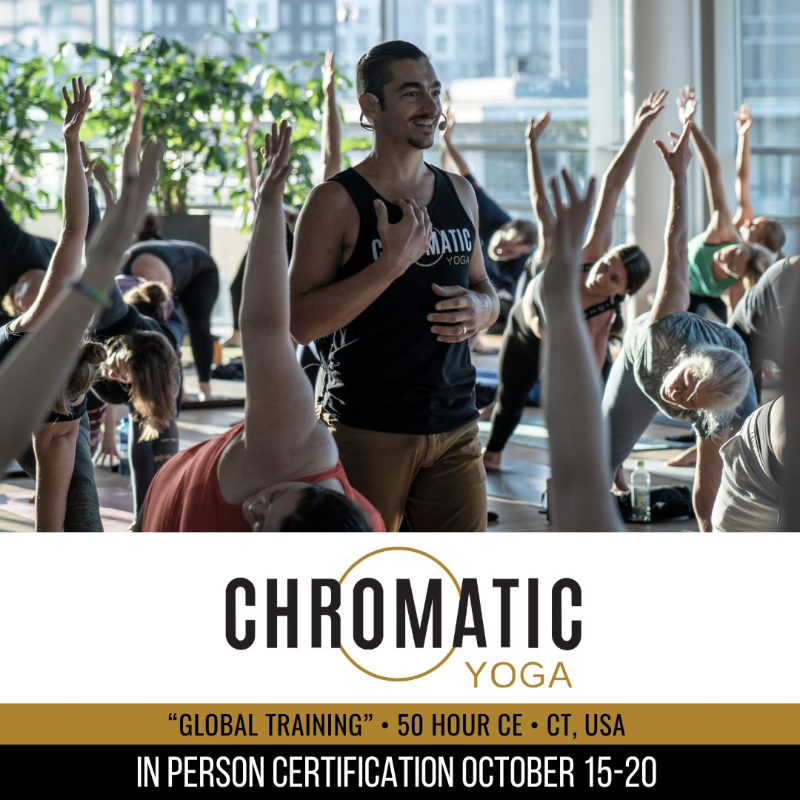



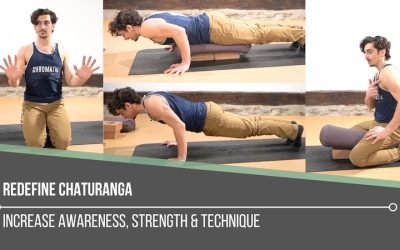
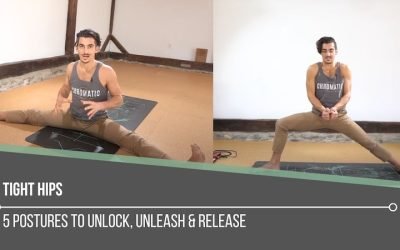
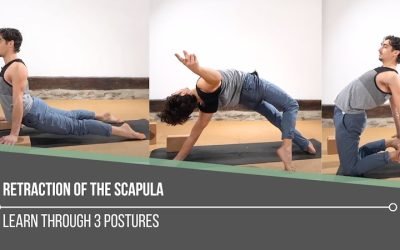
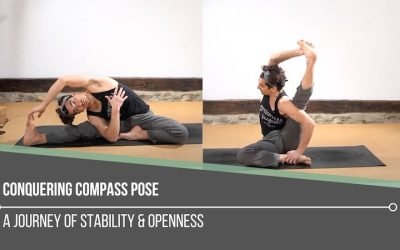
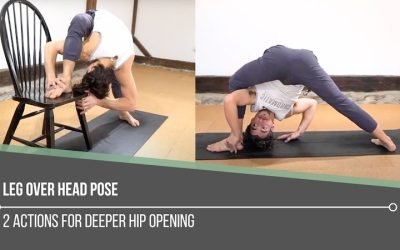
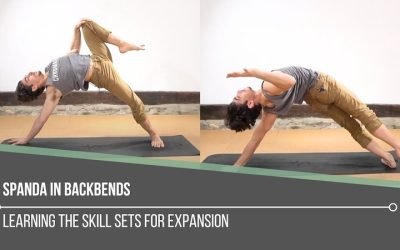


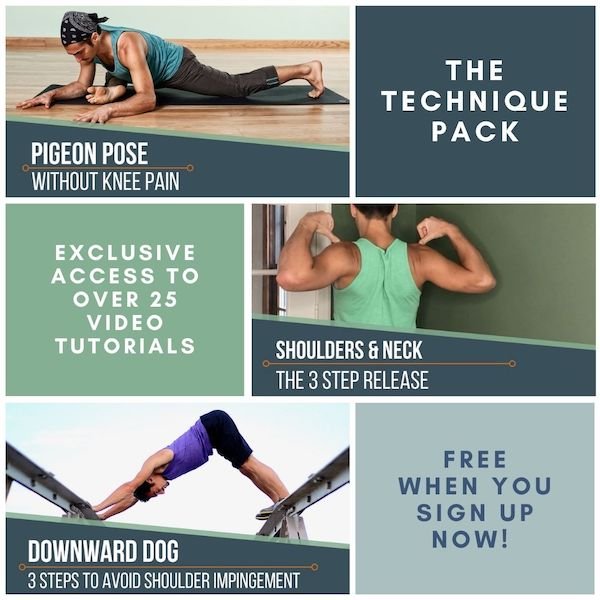
0 Comments